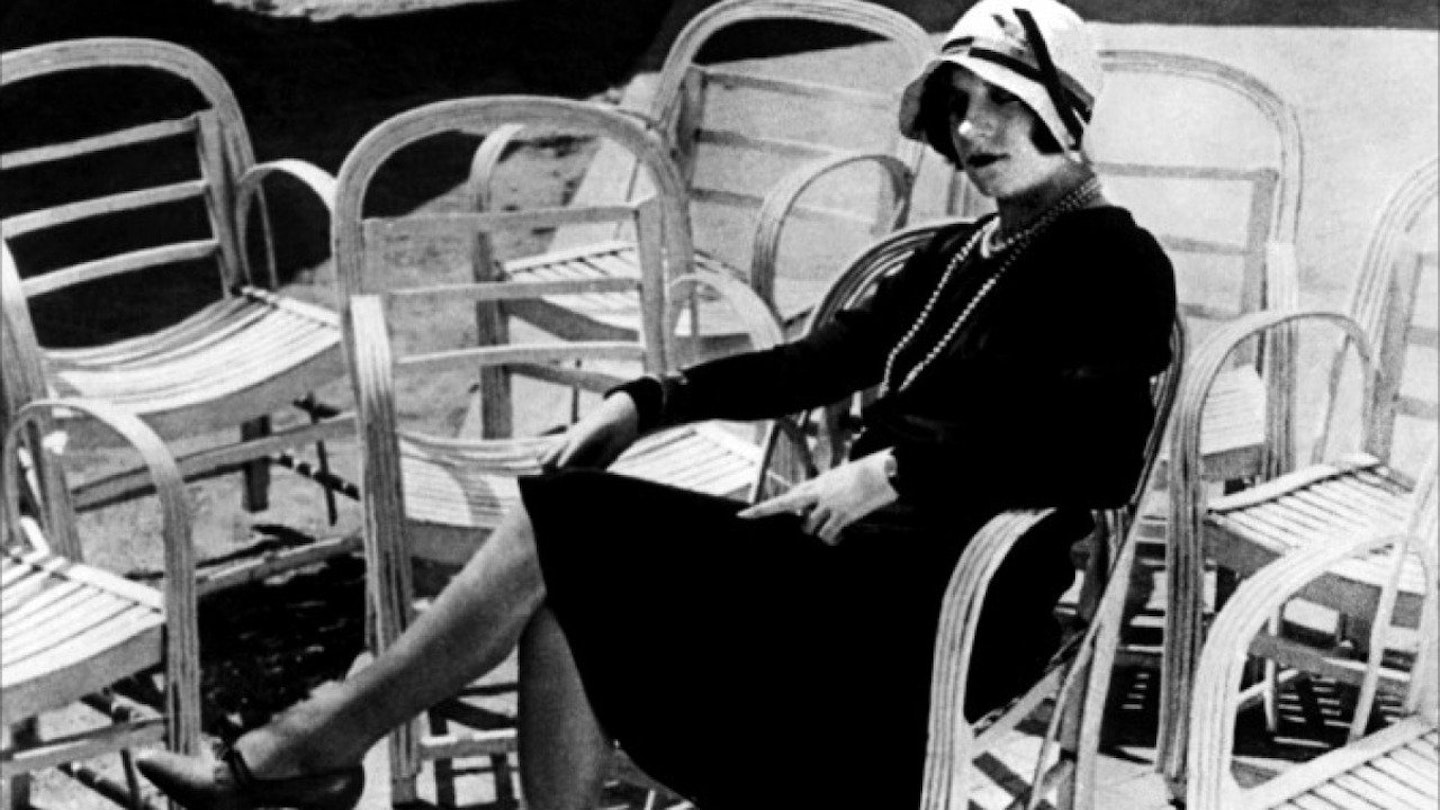Jean Vigo was working as an assistant to cinematographer Léonce-Henri Burel when he bought a Debrie camera with money donated by his father-in-law. While in Paris, taking a crash course in the city's cinemas, he met Boris Kaufman (Dziga-Vertov's brother) and, together with their wives, they conceived the outline for a documentary about Nice, where Vigo was living because of his fragile health.
Shooting on scraps of discarded film stock, the resulting short brought a political dimension to experimental cinema by spurning travelogue banality to concentrate on the ennui of the rich and the desperate struggle for survival of the Riviera's underclass. Barred from shooting in upmarket locations, Vigo quickly abandoned the calculated logic of his scenario and focussed instead on the visceral impact of his subject matter, confident that audiences would make the intellectual leap between the juxtaposed images. But even if viewers had missed the contrasts between the hotels and the tenements, the lounging tourists and the forlorn urchins, the casinos and the gambling dens, the direct comparison between Nice's visitors and its residents was readily apparent in the climactic carnival sequence.
With his early death prompting many to lament what might have been, Vigo is the Buddy Holly of cinema. He made just three more films, amassing less than three hours screen time in his entire career. Yet Taris (1931), Zéro de Conduite (1933) and L'Atalante (1934) proved the missing link between the experimentation of the silent era and the golden age of talking pictures. With their naive energy and occasionally clumsy symbolism, they amalgamated the anarchic comedy of Max Linder and Charlie Chaplin, the revolutionary zeal of Dziga-Vertov and Sergei Eisenstein, the audacity of Surrealists like Luis Buñuel and the humanism of René Clair to forge a unique style that continues to inspire film-makers around the world.
